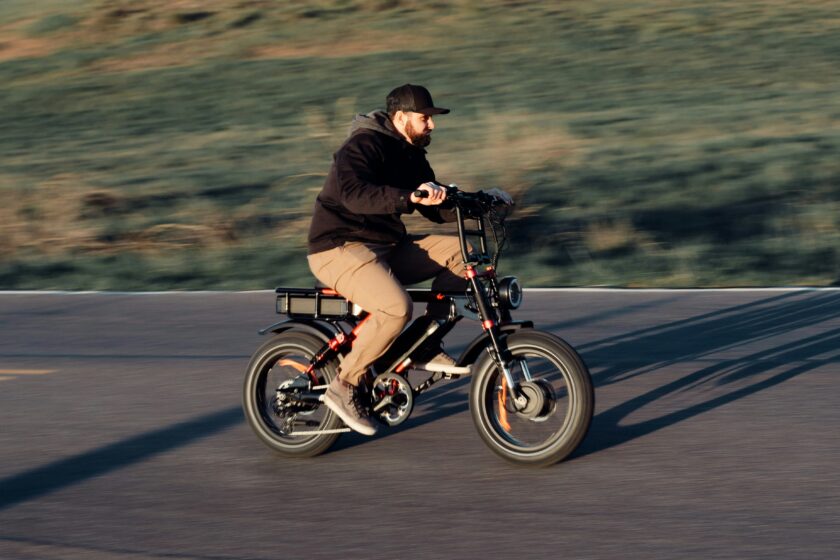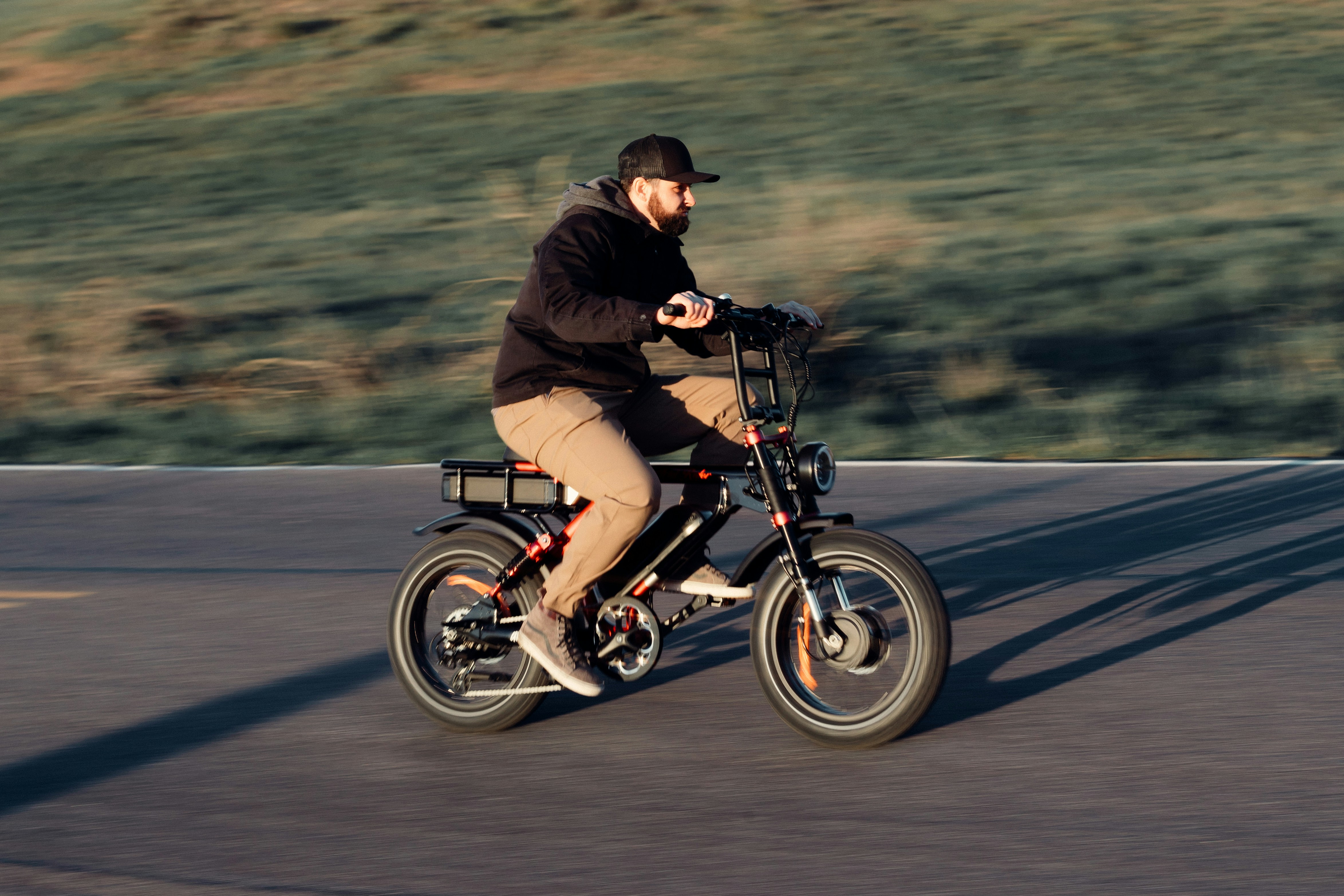Integrating E-Bikes into Your Exercise Plan

Electric bikes, or e-bikes, have surged in popularity as a sustainable transportation option, but their potential extends far beyond the morning commute. E-bikes also offer significant benefits for physical fitness, appealing to a broad range of individuals looking to enhance their exercise routine. With the ability to adjust the level of assistance, e-bikes make cycling accessible to beginners and those with physical limitations, while still offering a robust workout for more experienced riders. Integrating e-bikes into a fitness regimen can revolutionize how we think about cycling for health, providing a customizable approach to achieving cardiovascular health, strength, and endurance goals.

What Are E-Bikes?
E-bikes are bicycles equipped with an electric motor that provides assistance as you pedal. There are various types of e-bikes available, each designed to cater to different needs, including urban models for city commuters, mountain e-bikes for off-road enthusiasts, and even folding e-bikes for those with limited storage space. The motor is powered by a rechargeable battery, and riders can adjust the level of assistance—usually ranging from minimal to significant power boost. This technology enables riders to cover longer distances, climb hills more easily, and reduce the strain on joints and muscles, making it an excellent option for both exercise and everyday travel.
Benefits of E-Bikes in Exercise
Incorporating e-bikes into an exercise plan offers numerous health benefits. Firstly, they are a fantastic way to improve cardiovascular health without the high impact of activities like running, making them a safer option for individuals with joint issues or those recovering from injuries. E bikes help in building endurance and strength, particularly in the lower body, as the rider still needs to pedal to engage the motor. Additionally, they can be particularly effective for weight loss; riding an e-bike burns calories at a rate comparable to moderate physical activities, depending on the level of motor assistance used and the terrain covered.
Setting Fitness Goals with E-Bikes
Using an e-bike for exercise requires setting specific fitness goals to ensure effectiveness. These goals might range from improving overall cardiovascular fitness to losing weight or increasing leg strength. Riders should start by determining their current fitness level and then gradually increase the duration and intensity of their rides. Tracking progress is crucial, as it can be motivating to see improvements over time. Tools such as fitness trackers or apps that monitor cycling distance, speed, and calories burned are invaluable in keeping track of achievements and adjusting goals as fitness levels improve.
Creating a Balanced Workout Routine
While e-bikes are an excellent tool for cardiovascular training, a well-rounded fitness regimen should also include strength training and flexibility exercises to maximize overall health benefits. For example, incorporating activities such as yoga or Pilates can improve flexibility and core strength, which are beneficial for cycling performance. Similarly, adding two to three days of strength training per week can help build muscle mass and bone density, reducing the risk of injury. E-bikes can fit seamlessly into this mixed regimen, providing a day of high-intensity interval training (HIIT) or a longer, steady-state cardio session as part of a weekly schedule.
E-Bikes for Cross-Training
E-bikes are particularly useful for cross-training because they provide a low-impact but high-intensity workout that complements other forms of exercise. On rest or recovery days, using an e-bike with minimal assistance can help keep the muscles active without the strain of a full workout, promoting recovery and reducing the risk of overtraining. For athletes who primarily engage in high-impact sports, e-bikes offer a way to continue training without additional wear and tear on the body.
Interval Training on E-Bikes
Interval training with e-bikes can significantly boost your cardiovascular fitness and endurance. By alternating between high-intensity bursts of speed and slower, recovery phases, you can create a challenging workout that maximizes calorie burn and increases metabolic rate. Start with short bursts of high-speed pedaling, using less motor assistance, followed by longer periods of light pedaling with increased assistance. This method helps build stamina and improves heart health effectively. Since e-bikes allow you to control the intensity, you can adjust the levels based on your fitness progress and specific training needs.
Safety Tips for E-Bike Exercise
Safety should always be a priority when incorporating e-bikes into your exercise routine. Always wear a helmet to protect against head injuries, and consider additional gear like gloves and padded clothing to safeguard against falls. It’s also important to ensure that your e-bike’s lights and reflectors are in good working order, especially if you’re riding early in the morning or late in the evening. Familiarize yourself with local traffic laws regarding e-bikes, and always be aware of your surroundings to avoid accidents.
Monitoring Your Health
Keeping track of your physical response to e-bike training is crucial for ensuring that your workouts are both safe and effective. Use a heart rate monitor to ensure you’re working within your target heart rate zone, which helps optimize fat burn and cardiovascular improvement without overexertion. Fitness apps can also track your distance, speed, and calories burned, giving you a comprehensive view of your progress and helping you fine-tune your exercise plan based on real data.
Community and Group Rides
Joining an e-bike community or participating in group rides can enhance your motivation and provide social benefits. Riding with others can push you to pedal harder and longer, and learning tips and techniques from more experienced riders can improve your own practices. Many cities have clubs or groups that organize regular outings, which can also be a great way to discover new routes safely and enjoyably.
In conclusion, integrating e-bikes into your exercise regimen offers a unique blend of flexibility, efficiency, and safety. By understanding how to effectively use this tool, you can enhance your physical health, enjoy your workouts more, and even extend your training community. Whether you’re a beginner looking to start easy or an experienced athlete aiming to intensify your training, e-bikes provide a scalable solution to meet your fitness goals. With proper use and maintenance, an e-bike can be a valuable addition to a balanced exercise plan, promoting healthier living and greater fitness achievements.
Spotted something? Got a story? Email: [email protected]
Latest News
